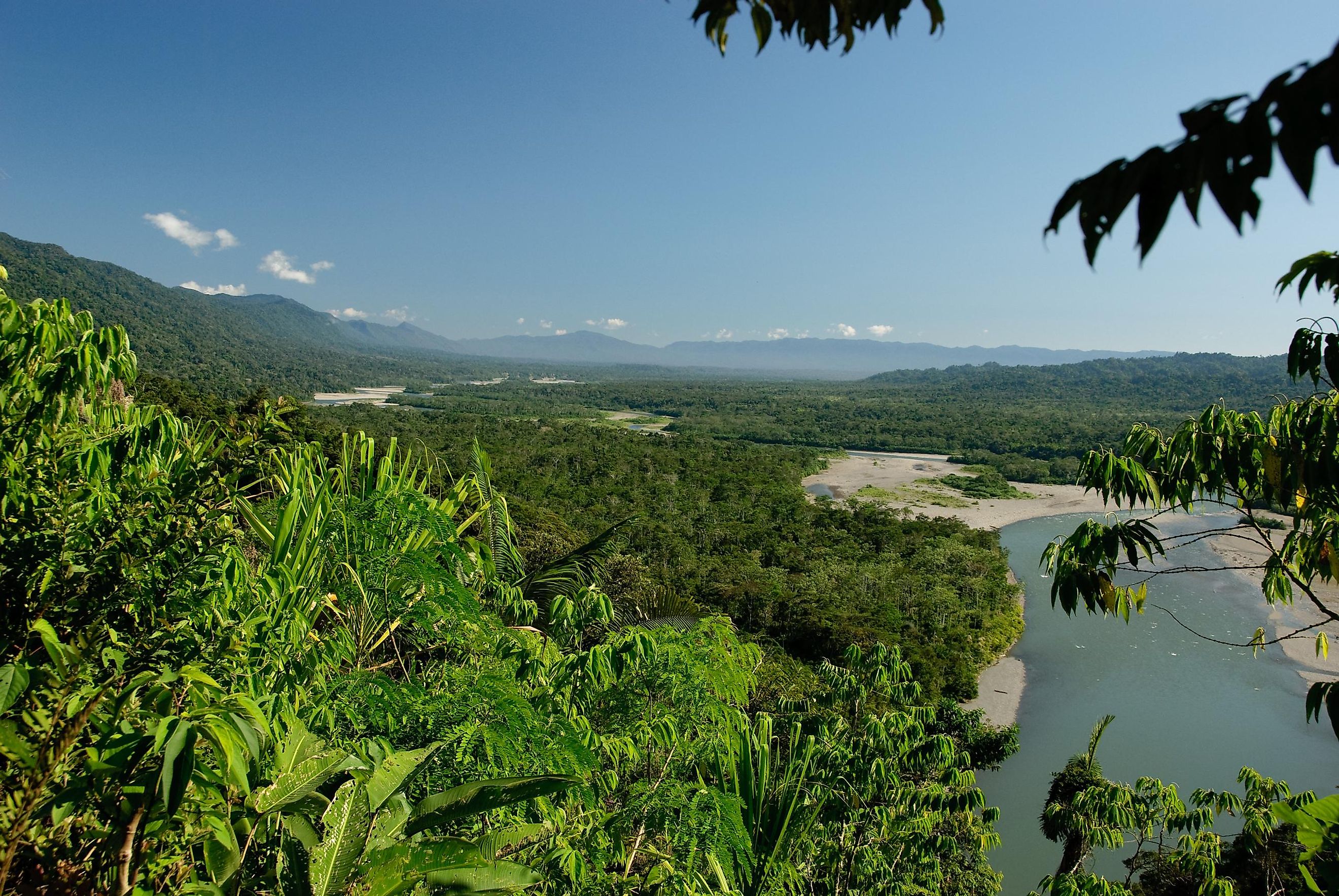About

The intensive, field based Peru program provides hands on experiences in the wide range of environments Peru has to offer. The group travels by plane, train, boat, and bus to numerous sites over a four week period. Students begin the program in Cusco, the ancient capital of the Inca Empire where they explore the colonial city. Along the way, students conduct research projects in cloud forest and visit famous Inca ruins including Machu Picchu, sample local cuisine, and learn Quechua phrases. Next, students descend through the cloud forest brimming with wild orchids and stunning birds before travelling on to Manu National Park, located in the Amazon basin. The group travels by boat down the Alto Madre de Dios River to Cocha Cashu Biological Station, in the heart of the largest tropical wilderness left on earth. Cocha Cashu is home to healthy populations of giant otters, white-lipped peccaries, jaguars, and 13 species of monkey.
Students take BIO 349 Tropical Biodiversity (4 hrs) and/or (3 hrs) and/or JOU 288 Travel Journalism (3 hrs). Preference will be given to students who enroll in both courses, as they will be taught in conjunction over the duration of the program. The interdisciplinary design of this program gives students a unique opportunity to experience one of the wildest places on Earth and consider its natural and cultural significance through intensive, field based research, on-site interviews and experience. Course work will consist of daily lectures, readings, hands-on field research, a full range of journalistic interviewing, reporting and writing skills and techniques, and a final project. At all the sites they visit, students will be collecting, analyzing, and identifying a wide variety of plant species, and evaluating the possible stories and blog posts that emerge from interviews and observations. Journalistic reporting is the critical means by which decision makers and the public get information about environmental issues. The communication can be as important as the science itself, but it is rarely explored in tandem.

Leave a Reply